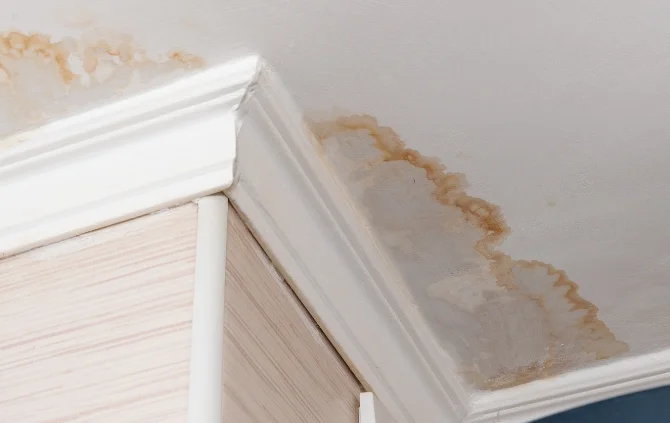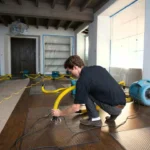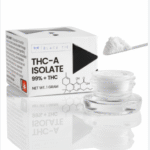Water damage can disrupt your home or business and create significant risks if not addressed promptly. The first 24 hours following water intrusion are critical for minimizing damage and preventing long-term issues. Swift and strategic actions can limit structural harm, safeguard your belongings, and reduce potential health hazards. We will explore the essential steps you should take to address water damage effectively in Vancouver, WA, during this crucial period. Whether caused by natural disasters, plumbing failures, or other events, understanding how to respond will help you mitigate its impact and restore normalcy more quickly.
Prioritize Safety Before Entering the Affected Area
Safety should be your foremost concern after discovering water damage. Before assessing the situation, ensure that the area is safe to enter. Standing water may hide hazards such as sharp objects, uneven surfaces, or electrical risks. Turn off the electricity to the affected areas to prevent shocks and secure gas lines. If flooding results from a natural disaster, be aware of potential contaminants in the water, such as sewage or chemicals. Wear protective gear, including gloves, boots, and a mask, to protect yourself from harmful substances. Assess the structural integrity of the area before entering, as significant water exposure can weaken floors, walls, and ceilings, posing a collapse risk. These precautions will allow you to evaluate the damage safely while reducing potential harm to yourself and others.
Identify and Stop the Source of Water
Once safety is ensured, the next critical step is identifying and stopping the source of the water. If the issue stems from a burst pipe, shut off the main water supply to the building immediately. For appliance leaks, unplug the affected device and disconnect its water supply. If water damage is due to weather conditions, such as heavy rainfall or flooding, try to divert water away from your property using sandbags or other barriers. Knowing the source allows you to prevent further damage while taking measures to control the situation. Documenting the origin of the problem with photographs can also be helpful when working with insurance companies or contractors to address repairs.
Remove Standing Water Quickly
Standing water exacerbates damage to structures and promotes mold and bacteria growth. Begin removing the water as soon as possible using pumps, wet/dry vacuums, or buckets. For smaller-scale water damage, towels and mops may suffice. Ensure that you dispose of water responsibly, especially if it is contaminated. As you remove the water, open windows and doors to facilitate air circulation, which will help the drying process. If you can access dehumidifiers and fans, set them up to remove moisture from the air and surrounding surfaces. Time is of the essence when dealing with standing water, as leaving it untreated for even a few hours can cause irreversible damage to floors, walls, and furniture.
Dry and Dehumidify the Space Thoroughly
Drying out the affected area thoroughly is critical in the response process. Even after standing water has been removed, residual moisture can linger in walls, carpets, and other porous materials, leading to mold growth and further structural damage. Dehumidifiers reduce humidity levels and allow fans to circulate air throughout the space. If the weather permits, open windows to allow fresh air to enter, speeding up evaporation. Remove wet items, such as rugs, furniture, and draperies, and dry them separately. Notice hidden spaces, such as inside cabinets or under flooring, where moisture can become trapped. Proper drying prevents future issues and ensures that repair efforts will be more effective.
Protect and Assess Damaged Belongings
After addressing the immediate water issue, focus on your belongings. Start by removing salvageable items to a dry location where they can be cleaned and dried. Separate wet items based on material type to determine how best to restore them. For example, wood furniture may be treated to prevent warping, while fabrics can often be laundered or dry-cleaned. Unfortunately, some items, like paper-based products or electronics, may be beyond repair. Document all damaged belongings with photographs and detailed descriptions for insurance purposes. While preparing for potential insurance claims, assessing your possessions allows you to make informed decisions about what can be saved and what may need replacement.
Prevent Mold Growth Immediately
One of the most serious concerns following water damage is the rapid growth of mold. Mold can develop within 24 to 48 hours in damp conditions, posing significant health risks and further damaging your property. To prevent mold, thoroughly dry the area and address all hidden moisture. Disinfect surfaces exposed to water using a bleach solution or other mold-preventive products. Pay close attention to porous materials, such as drywall, carpets, and insulation, as they are particularly susceptible to mold. If you notice any signs of mold growth, such as discoloration or a musty odor, act quickly to remove it. During the initial 24 hours, preventing mold will save you from costly remediation efforts and potential health concerns later.
Responding to water damage effectively within the first 24 hours minimizes harm and ensures a smooth recovery process. You can mitigate the immediate impact by prioritizing safety, stopping the water source, removing standing water, and thoroughly drying the area. Addressing belongings, preventing mold growth, and contacting your insurance provider will further streamline the recovery efforts. Finally, initiating repairs promptly allows you to rebuild and prevent future water-related issues. By following these steps, you can confidently tackle water damage and protect your property and loved ones from its long-lasting effects.

Shannon Reyes is a seasoned writer with a knack for crafting engaging blogs on a variety of service industries, including plumbing, cleansing, moving, pest control, and roofing. With a keen eye for detail and a passion for helping readers navigate complex topics, Shannon brings her expertise to life through informative and accessible content.










